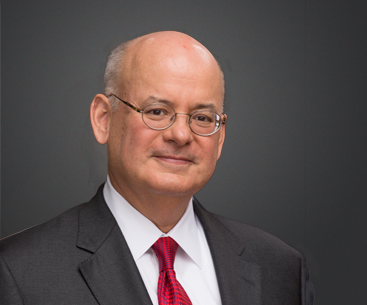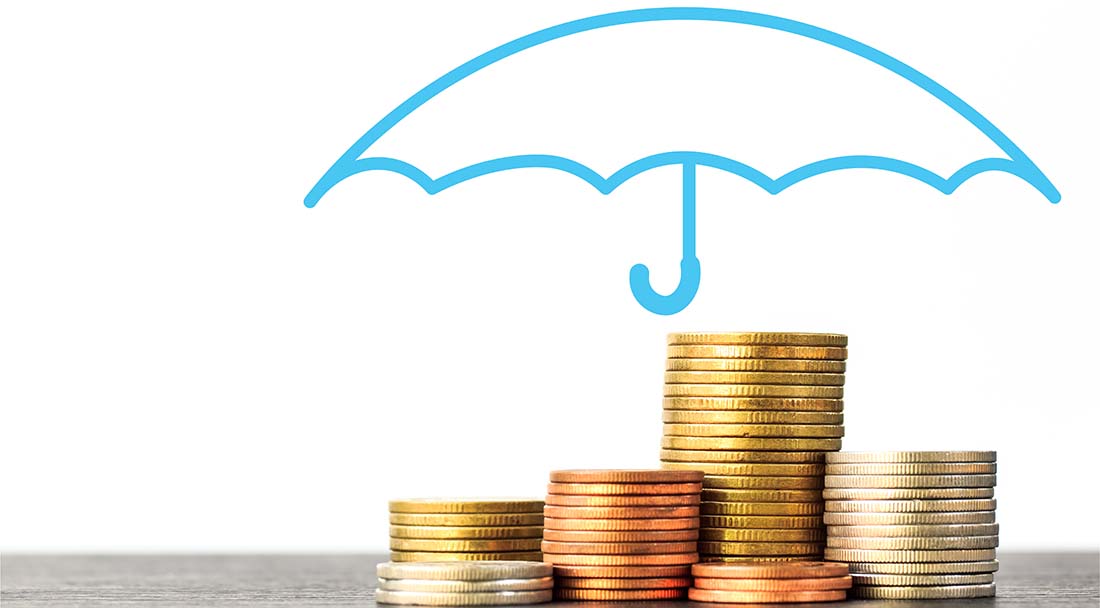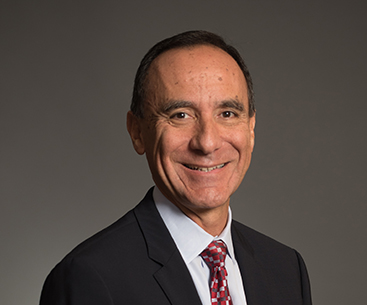30 Jun 2020
COVID-19’s Impact on the Life and Health Insurance Industry: 6 Takeaways from Our Executive Leadership Panel
Estimated read time: 6 minutes, 1 second
These are unprecedented times. As José S. Suquet, Pan-American Life’s Chairman of the Board, President and CEO recently noted, the COVID-19 pandemic has created extraordinary challenges—and some opportunities—for the life and health insurance industry.
To explore this pressing topic, Pan-American Life recently hosted a virtual Executive Leadership Panel, attended by many of our agents and brokers throughout the Americas.
Our panel included:

José S. Suquet, Chairman of the Board, President and CEO

Robert DiCianni, President- Global Benefits

Bruce Parker, President – Global Life
We are grateful to our leadership for sharing their time and expertise to shed light on this transformational moment, and we are pleased to share our key takeaways with you.
Takeaway #1: The Life and Health Insurance Industry Is Under Severe Financial Pressure—and It’s Sparking Change
The COVID-19 crisis has placed the entire insurance industry under enormous financial pressure. Insurance companies are seeing—and will continue to see—earnings reductions, premium slowdowns, and lower profit profiles. Some will see an uptick in mortality; others will see investments suffer.
Some insurance companies are already taking action, such as exiting markets, stopping the sale of products, and eliminating certain services. Typically, their problems aren’t due simply to higher COVID-related claims, but because of the quality of their investments.
Insurance companies mainly invest in bonds. Some also invest in stock exchanges. Either way, all of these have plummeted creating huge challenges for companies that lack strong portfolios.
In the short term, some insurance companies won’t be strong enough to sustain themselves. It is important for clients, customers and industry professionals to understand that weaker companies are under severe strain—and to know how to identify those that are strong and solid, like Pan-American Life Insurance Group.
Takeaway #2: Insurance Ratings Have Become More Stringent
As a result of COVID-19, Fitch Ratings revised its ratings outlook for the U.S. life insurance sector from stable to negative, making it harder for carriers to maintain strong ratings. A number of insurance carriers have been put on a negative outlook; some have already been downgraded.
In their company evaluations, Fitch, A.M. Best and other rating services are undertaking deep, systematic analysis to understand the dynamics of this crisis. They are looking at different scenarios. How will premiums behave under the harshest circumstances? What mortality rates can companies tolerate? What might happen to the quality of a carrier’s investments?
In short, they are gaging how well companies are prepared to deal with the worst that this situation may bring.
We experienced this firsthand, as Pan-American Life recently went through the analysis process with Fitch. It was a very thorough, intense couple of weeks, as they tested numerous assumptions against our numbers and balance sheet.
We are pleased to report that Fitch confirmed our current A rating with a stable outlook—which brings us to our next talking point.
Takeaway #3: Financial Strength Has Never Been More Critical
We anticipate that we will be in an extended period of crisis for the next 12-24 months. During this time, some carriers will see revenues fall. There will be problems making collections, leveraging cash flow, and managing investment portfolios.
For these reasons, carriers that take the long view—that have taken a conservative investment approach, that value high-quality investments, and that have consistently prioritized their financial strength over time will be better positioned to come through this unscathed.
Taking the long view has been Pan-American Life’s philosophy for the last 100 years. And because we want to be here for another 100 years, we take care to be cautious in our assumptions and make the right decisions from a portfolio perspective. We also take pains to diversify—geographically, in our product line, in our volume portfolio. That way, no single given area can have a huge impact on our company.
The carriers who will get through this best are the ones who have prepared for the most difficult situations, as we have. That way, at times like these when families and businesses need us the most, we can deliver on our promise.

Takeaway #4: Insurance Advisors Must Be Open to Change
Because the world is changing so rapidly, insurance advisors must be able to change with it. Every crisis brings opportunities, and right now, advisors have the opportunity to change their business model.
Six months ago, few people were talking about online sales meetings. Today, that’s standard. Advisors need to be able to talk to their clients and prospects online, whether on WebEx, WhatsApp, Facebook, Instagram or other digital platforms.
One of the advantages of online meetings—which many customers now prefer—is that advisors can “meet” with many more people every day—especially in congested, highly-populated cities.
Furthermore, successfully advisors should be in touch with all of their clients now—to check in on them, to remind them that their benefits are there for them, and yes, to ask for referrals. The sales model has changed overnight, and successful advisors have, too.
Takeaway #5: Interest Rates Will Remain Low—Be Careful
Interest rates have been consistently decreasing over the past 10, 15, 20 years. Now, in the midst of this crisis, rates are at an unthinkable 0.6% for a 10-year risk.
For some time, the industry was waiting and hoping for interest rates to increase. Now, we can predict that they will remain low for the very long term.
In our universal life portfolio, we once offered products with guaranteed rates of 3-4%. These products are worth their weight in gold today. The insured who bought those products are very fortunate.
New products cannot possibly maintain those rates—it would be financially irresponsible. If an insurance company offers products with 5% or 6% rates, that’s a red flag. It suggests the company is in financial straits and must bring in money fast to finance existing problems.
Advisors and consumers need to be on alert. They need to do their research and focus on companies that are financially strong to avoid jeopardizing their own security.
Takeaway #6: With Any Crisis Comes Opportunity
Beyond the global financial crisis, there is so much suffering now. Too many of us have lost friends and family to COVID-19. It isn’t over, but there will be a light at the end of the tunnel.
We do believe there is cause for optimism. Our financial markets will rebound. Case in point: the United States has invested trillions of dollars into stimulus to date and Congress is considering another aid package. This indicates that the U.S. will continue to be an anchor of stability for the world financial system and the dollar will continue to be strong.
Within the life and health insurance industry, there will be opportunities for strong, stable companies to grow, whether through mergers or product development.
And people around the globe are recognizing the value of life and health insurance right now. COVID-19 has reawakened us to the fact that risks are real. Securing protection for our loved ones is necessary.
Someday, our industry may even be able to look back and say that the pandemic was a catalyst for positive change.
Until that day, stay well.




